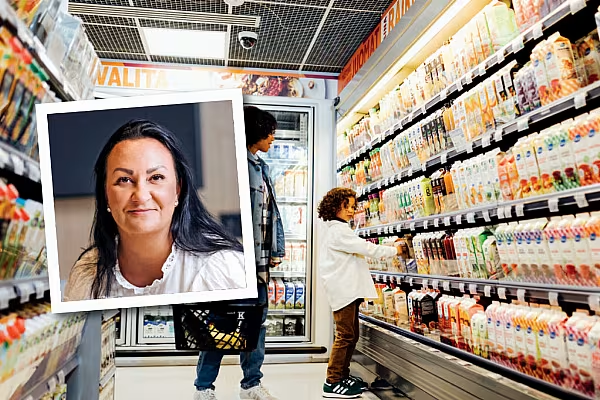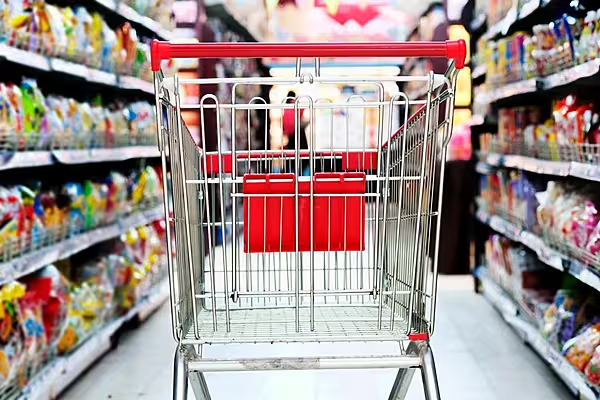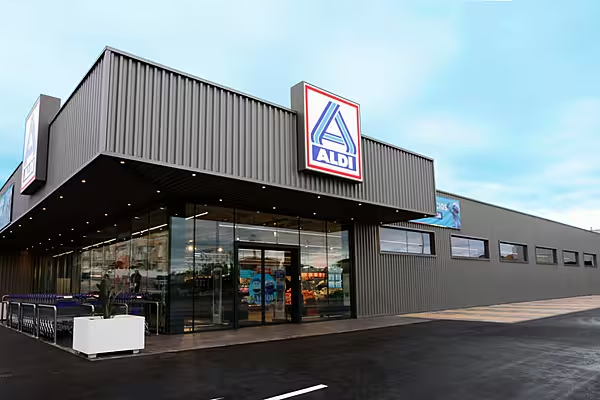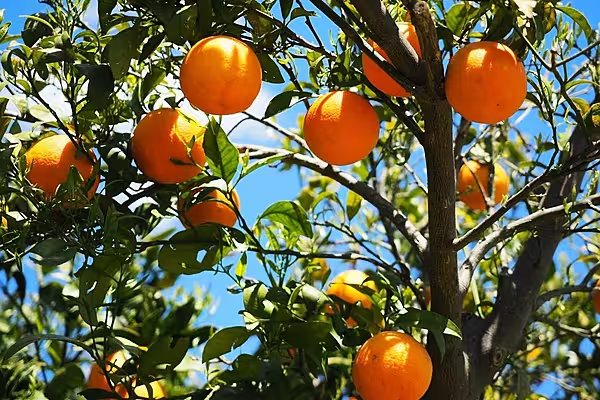In the May/June 2024 edition of ESM, we spoke to several prominent operators across Europe about how they are enhancing their private-label offerings, including Tuuli Luoma, Director, Sales And Own-Brands, K Group.
What recent trends in private label have you observed in your business, and also the wider market?
In a price-driven market, consumer interest and demand for private labels has increased. According to our study, over 60% of consumers claim they now buy more private-label products than before the increase in general costs of living.
Consumers are most concerned about the costs of eating, and due to rising costs, for example, more than a third of consumers feel they’ve had to make unhealthier food choices. It, however, seems that these concerns have been slightly decreasing over the past six months.
Consumption is also partly polarised. Some consumers have switched from familiar products to cheaper alternatives, while others have been buying less but better quality. Private-label offerings are intended to meet these different needs: both consumers whose decisions are guided by price and consumers who do not have to think about price as much.
Most European countries have seen inflation ease in recent months. Do you think that this will affect private-label purchasing, as brands become more competitive?
We have strong counter-figures from last year, during a period of high inflation, when the share of private labels increased significantly. Now the situation has stabilised, and especially in the Finnish, campaign-driven market, brands have developed well.
However, we believe well-established private labels will always have a demand and importance in consumers’ everyday life.
In what categories has private label performed particularly well for you over the past year, and why?
Some examples of categories in which we’ve seen good performances last year include flowers, especially cut flowers. The selection of private labels has increased, and they are a relatively easy and inexpensive way to cheer oneself up, which might explain the increased demand – also, sports products, e.g. protein drinks and bars.
Our Pirkka brand has managed to become an established and reputable name in this segment, and we’ve succeeded in launching good, new products. Finally, Tex-Mex, where we’ve seen a slight transition from brands to private labels.
Private-label products are traditionally split into three tiers: value, standard and premium. Which of these has shown the most growth for you, and why?
The value tier has grown the most this and last year. These items have a very good quality-price ratio, consisting of variants from the biggest-selling product categories, which are especially important to families. During the last year, we also launched a couple of large-volume items under the value tier.
What opportunities do you see for retailers to maximise the growth of private label in the years to come?
The possibilities for growth in private label needs to be high in the strategy for long-term planning. In order for private label to succeed, it needs to fulfil daily needs, include or even introduce interesting new innovations and seasonal items, as well as offer the cheapest alternatives for families.
Private labels also enable retailers to communicate strategic actions for consumers – for instance, in extensive sustainability work.
At K Group, we are completely renewing the packaging design of all of our approximately 2,600 Pirkka products. The purpose of the reform is to help consumers find the products more easily on the shelf through a packaging strategy, with unified guidelines for all categories.
We want domestic production to be emphasised as an added-value component, different variants to be more easily found on the shelf, and to be proud of our own Pirkka brand by enlarging the logos.
All of these planned improvements, as well as the new packaging design as a whole, have so far received positive feedback from our customers.














